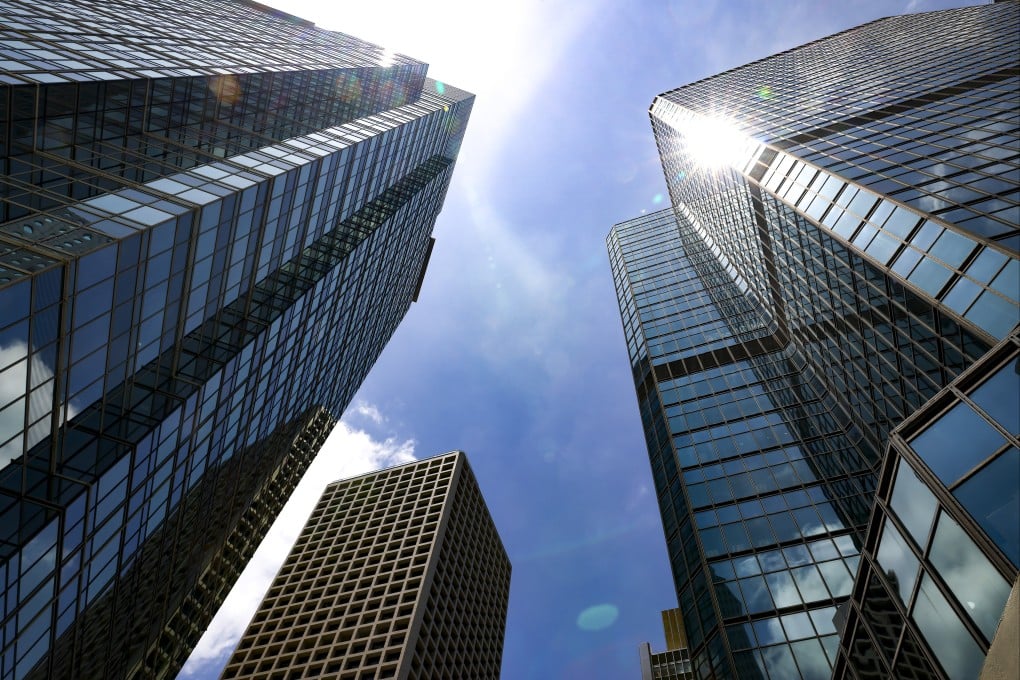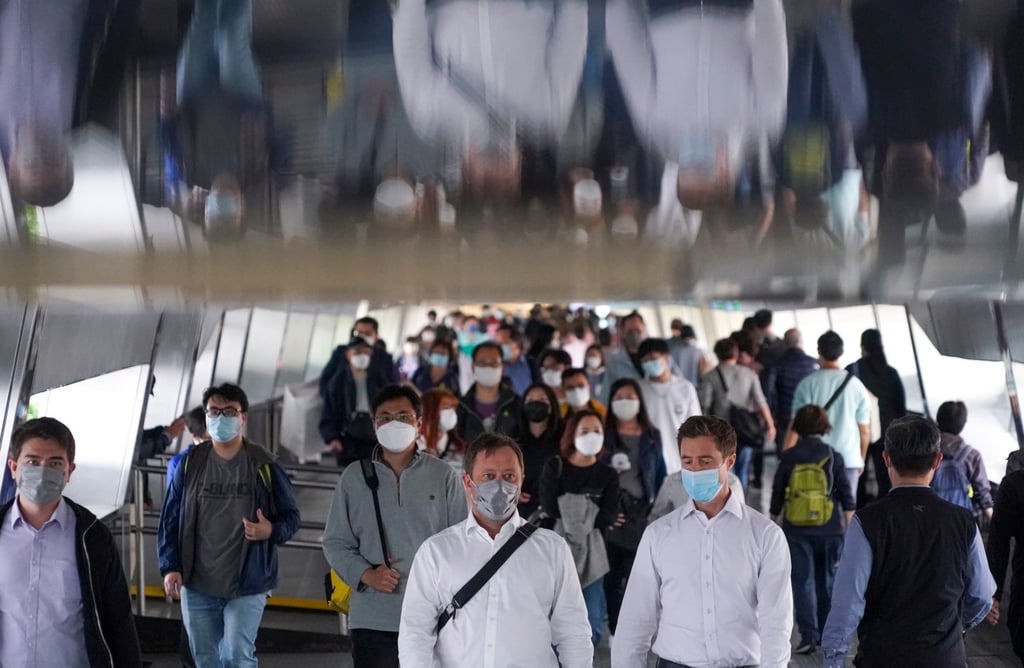As Hong Kong swelters, offices set thermostats higher to fight climate change, but allow staff to dress down (a little)
- The HKMA, BOCHK and Everbright Securities are among the entities relaxing dress codes to cut back on air-conditioning
- Companies including Hong Kong’s major property developers are deploying a variety of tactics, including digital tech, to slash office energy use

Hong Kong companies have turned up the temperature dial in air-conditioned offices and are using an array of approaches including digital technology to reduce energy consumption and carbon emissions, as the city endures one of the longest hot spells on record.
With electricity demand surging, Everbright Securities, Bank of China Hong Kong, the Hong Kong Monetary Authority (HKMA), the Securities and Futures Commission, and developers including Hongkong Land, Sun Hung Kai Properties, Hang Lung Properties, Sino Land, Swire Properties and Link Reit are among the entities working to fight climate change.
Everbright Securities International advises its employees to dress in “business casual” attire when working in the office, especially if they do not need to meet clients.
“A tie is not mandatory as long as staff members maintain a professional and well-groomed image,” a spokeswoman said.

“I prefer not to wear a tie as it is so hot in the summer in Hong Kong,” said Kirk Wong Chun-nang, the brokerage’s global market and foreign exchange strategist. “Our company’s dress code also supports that, as that is more environmentally friendly. The customers also accept smart casual when we meet them for networking. However, if it is a more formal business meeting, I will still wear a suit and a tie to show respect.”